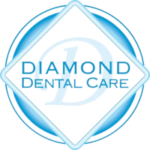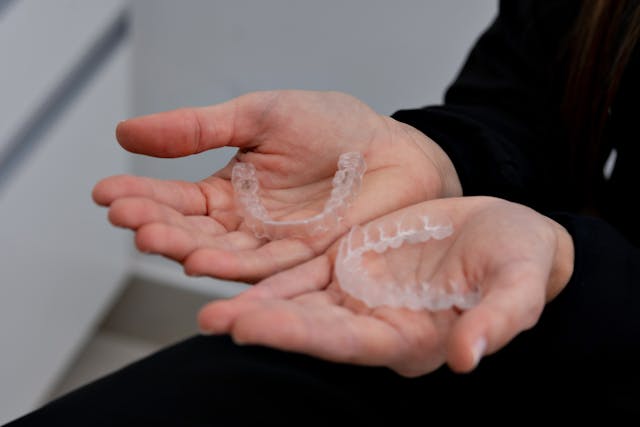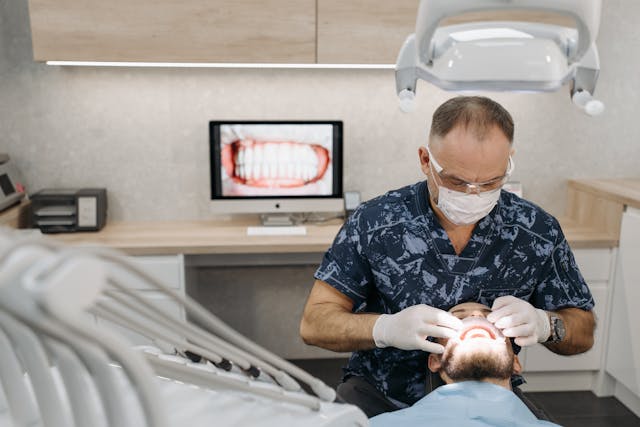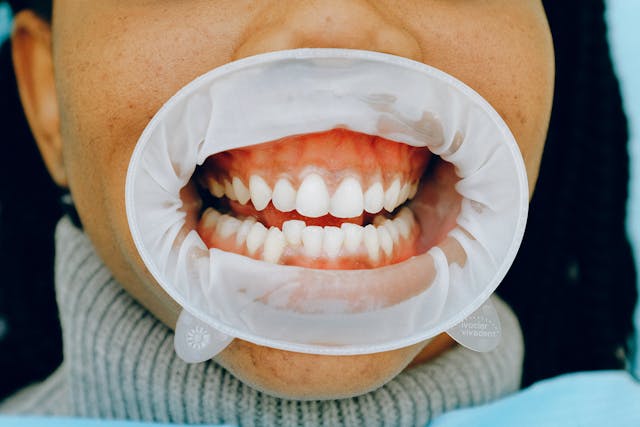When it comes to achieving that perfect smile, the journey is as crucial as the destination. With advancements in dental technology, patients now have multiple orthodontic treatment options. The two most popular? Traditional braces and Invisalign. But how do you decide which is right for you? Let’s dive deep into both treatments to help you make an informed decision.
At Diamond Dental Care, there are several ways we can address most aesthetic issues, so we will conduct an examination, take x-rays, discuss the timeframe we are working with, and then present you and your parents with a variety of options to choose from. Since some have set time constraints, it is best to schedule your appointment with our office as soon as possible.
Since some have set time constraints, it is best to schedule your appointment with our office as soon as possible. You can do so by calling (909) 860-7579. You can also follow us on Facebook or provide your valuable feedback at Yelp. Thanks.
What Are Traditional Braces?
Traditional braces have been the cornerstone of orthodontic treatments for decades. Originating in the early 1900s, they’ve evolved significantly in design and functionality. These braces consist of metal brackets glued to your teeth, connected by wires and rubber bands. Over time, these components apply pressure, gradually moving teeth into their desired positions.
The beauty of traditional braces lies in their proven track record. They’ve corrected countless smiles, from minor misalignments to complex dental issues. Their durability and effectiveness make them a go-to choice for many orthodontists.
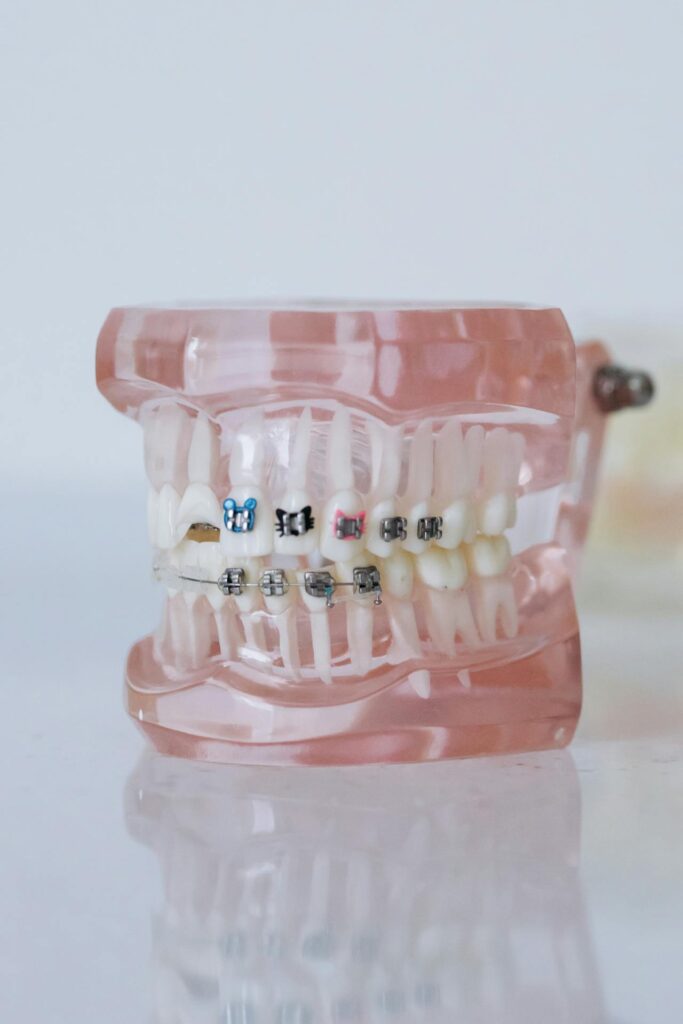
What Is Invisalign?
Enter the 21st century’s answer to discreet orthodontic treatment: Invisalign. Launched in 1997, Invisalign introduced clear aligners to the world. These are custom-made, transparent trays that fit snugly over your teeth. Made from medical-grade plastic, they gently shift your teeth by applying consistent pressure.
The primary appeal of Invisalign is its nearly invisible appearance. For those hesitant about the metallic look of braces, Invisalign offers a subtle alternative. Plus, they’re removable, providing flexibility in daily routines.
Comparing Aesthetics
Let’s face it: appearance matters. Traditional braces are unmistakable. Their metallic shine is evident every time you smile. While some find them endearing or even fashionable, others might feel self-conscious.
In contrast, Invisalign aligners are designed for discretion. Their transparent nature ensures they’re hard to spot unless someone looks closely. For professionals, teens, or anyone concerned about their appearance during treatment, Invisalign often takes the cake.
Treatment Duration
Time is of the essence, especially when you’re eager to flaunt your new smile. Traditional braces typically require 18 months to 3 years, depending on the case’s complexity. Regular adjustments ensure teeth move as planned.
Invisalign treatments often range between 12 to 18 months. However, this can vary. It’s essential to note that patient compliance plays a significant role in treatment duration with Invisalign.
Comfort Levels
Metal braces can sometimes be a source of discomfort. The brackets might irritate the inner cheeks or lips, especially in the initial stages. Adjustments can also lead to temporary soreness.
Invisalign, made of smooth plastic, reduces the chances of mouth sores. While changing to a new set of aligners might cause slight discomfort due to pressure, it’s generally less pronounced than with braces.
Maintenance and Hygiene
Oral hygiene is paramount during orthodontic treatment. With braces, cleaning can be challenging. Food particles easily get trapped, necessitating meticulous brushing and flossing. Specialized tools, like interdental brushes, become essential.
Invisalign simplifies this aspect. Since the aligners are removable, you can maintain your regular brushing and flossing routine. Cleaning the trays is straightforward: rinse them and use the recommended cleaning solutions.
Dietary Restrictions
Braces come with a list of food no-nos. Sticky candies, hard nuts, popcorn – they’re all potential culprits for damaging brackets or wires. Being cautious becomes second nature.
Invisalign offers freedom in this department. Since you remove the aligners while eating, you can enjoy your favorite foods without worry. Just ensure you brush before reinserting them.
Effectiveness for Complex Cases
Traditional braces shine when tackling intricate dental issues. Severe misalignments, bite problems, and significant teeth rotations are well within their realm.
Invisalign has made strides in addressing more complex cases, but there are limitations. For some severe orthodontic issues, braces remain the recommended option.
Cost Comparison
Budgeting is a crucial factor. Traditional braces generally range from $2,500 to $7,500. The price varies based on treatment length and complexity.
Invisalign often falls between $3,500 and $8,000. While the costs are comparable, factors like the number of aligners and treatment duration influence the final price.
Follow-Up Visits
Regular orthodontic visits ensure treatments progress as planned. With braces, expect appointments every 4-6 weeks for adjustments.
Invisalign patients might have check-ups every 6-8 weeks. These visits monitor progress and provide the next sets of aligners.
Potential Risks and Complications
Braces can sometimes lead to enamel demineralization if oral hygiene isn’t maintained. There’s also a risk of bracket breakage.
Invisalign users need to be wary of misplacing aligners. Also, failing to wear them for the recommended 20-22 hours daily can hinder progress.
Age Considerations
Braces are suitable for all ages, from young children to adults. They’re especially beneficial for kids and teens, ensuring proper dental development.
Invisalign is popular among teens and adults. However, younger children might not be ideal candidates due to the responsibility required.
Patient Responsibility
Invisalign demands discipline. Removing them for meals and remembering to put them back is crucial. Skipping wear time can prolong treatment.
Braces, being fixed, eliminate this responsibility. They’re always working, regardless of patient actions.
Conclusion
Choosing between traditional braces and Invisalign boils down to individual needs, preferences, and responsibilities. Both have their merits and potential drawbacks. It’s essential to consult with trusted dental professionals to determine the best fit.
Speaking of trusted professionals, Diamond Dental Care in Diamond Bar, CA, stands out as a premier destination for orthodontic treatments. Located at 303 South Diamond Bar Blvd, Ste 2C, Diamond Bar, CA 91765, their team offers personalized consultations to guide you on your journey to a perfect smile. With state-of-the-art facilities and a commitment to patient care, you’re in excellent hands.
